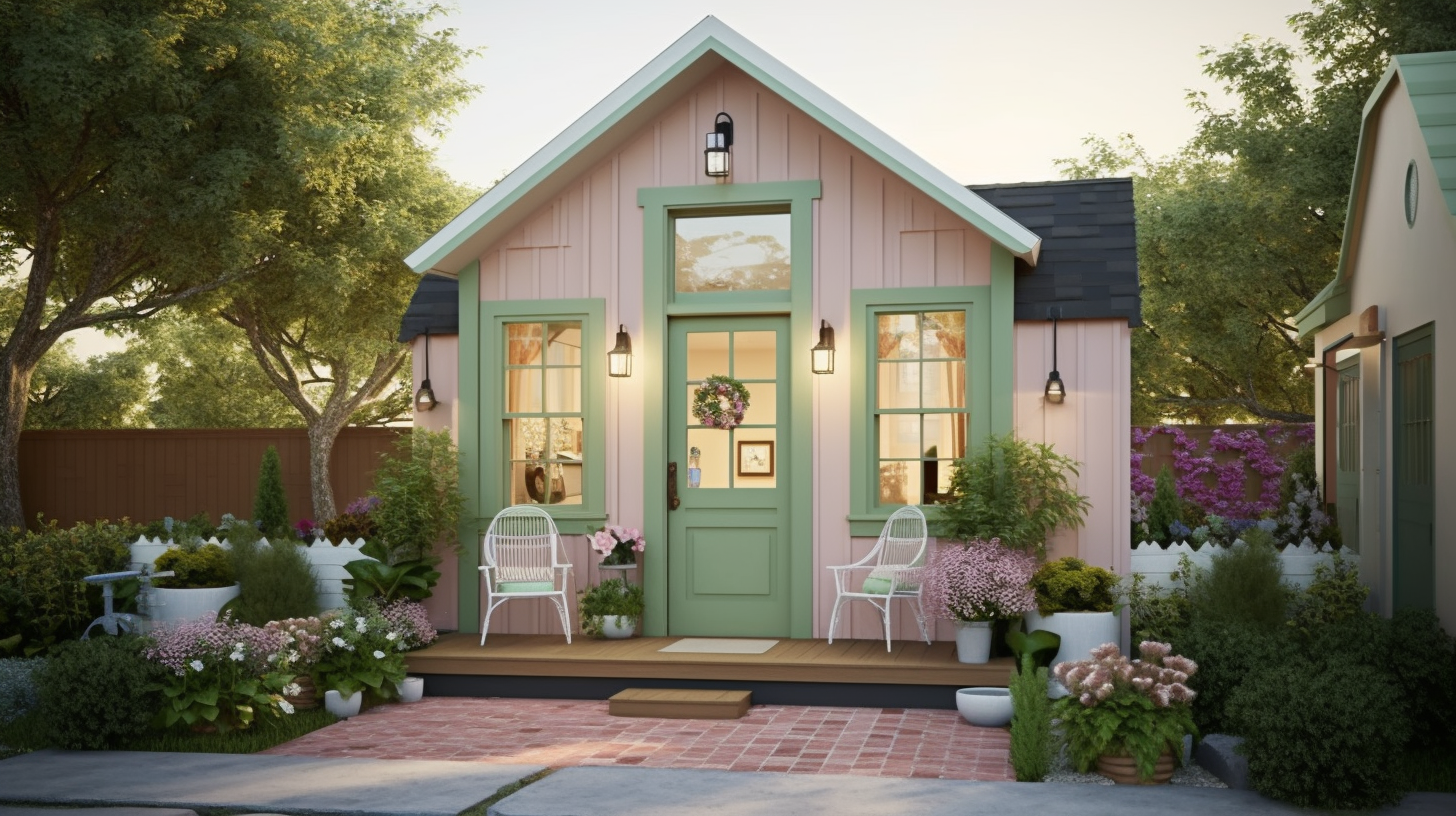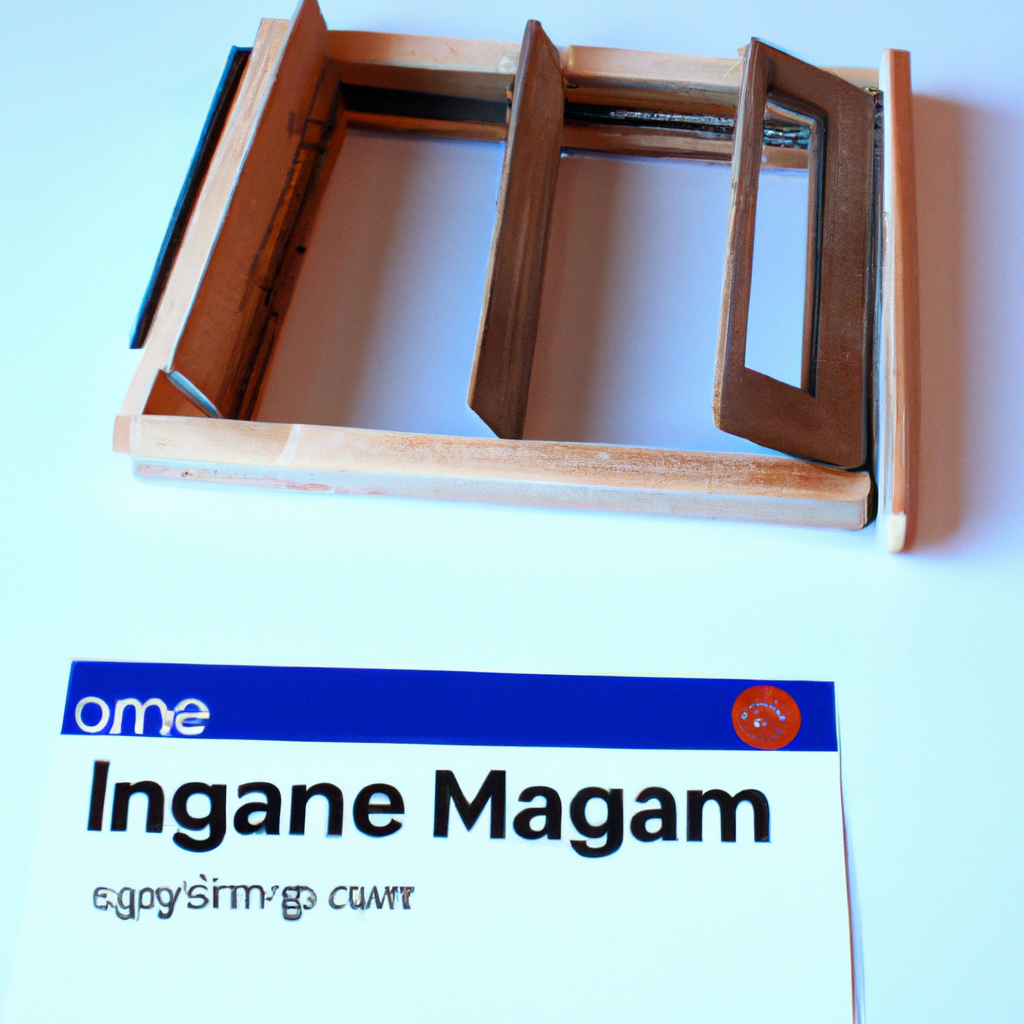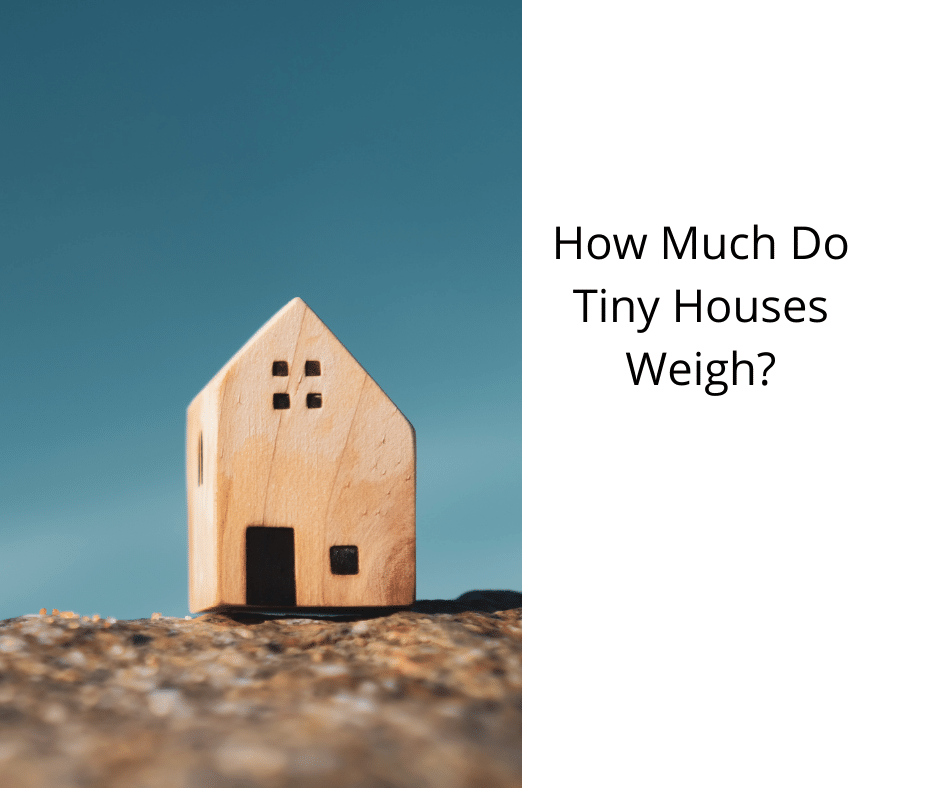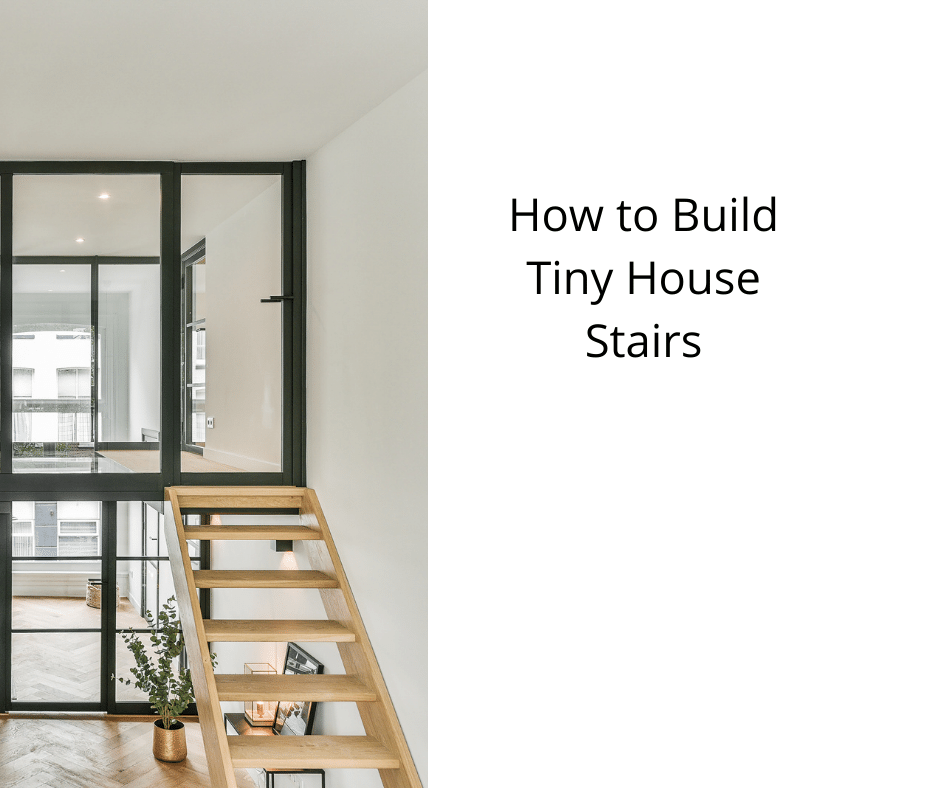Building A Sustainable Haven For $20k: Carina’s Tiny House Journey
The concept of sustainable living has gained momentum in recent years, as more individuals are recognizing the importance of reducing their environmental impact. Embracing the tiny house movement is a potential way to promote sustainability, by emphasizing minimalistic living and resource efficiency.
Carina, a multidisciplinary artist and environmental activist, embarked on a journey to build her own tiny house for only $20k, with the aim of creating a sustainable haven that aligns with her values. Carina’s tiny house journey is a testament to the beauty of sustainability and resourcefulness.
Despite having no prior experience in architecture, engineering, or design, Carina was able to build a 10×24 feet tiny house that reflects her vision and values. Her approach to the design and build process was creative, practical, and eco-conscious, as she employed various techniques to reduce waste, maximize space, and promote sustainability.
In this article, we will explore Carina’s inspiration, design and build process, and the features of her tiny house, highlighting the importance of sustainable living and the possibilities of building a sustainable haven on a budget.
Key Takeaways
- Living sustainably has gained recognition in recent years, and the tiny house movement promotes minimalism and efficient use of resources.
- Carina’s tiny house journey reflects the beauty of sustainability and resourcefulness, with her designing and building a sustainable haven with a budget of only $20k.
- The design challenges of building a tiny house include maximizing the use of space, ensuring proper ventilation and insulation, and creating a comfortable and inviting atmosphere.
- Carina’s commitment to sustainability is reflected in her choice of materials and appliances, including eco-friendly options like reclaimed wood, bamboo flooring, and a solar panel system to power the house.
Carina’s Inspiration
Carina draws inspiration from her Finnish-American background in building her sustainable and minimalistic 10×24 feet tiny house. Her heritage instilled in her a love for nature and a desire to live harmoniously with the environment.
As an environmental activist, she recognized the importance of creating a space that is mindful of the planet’s resources.
Carina’s Finnish-American influence is evident in her tiny house’s design, which has a Scandinavian feel. She incorporated simplicity, functionality, and minimalism in the build, which are hallmarks of the Scandinavian design.
Along with her environmental activism, Carina aimed to create a space that she could call her own, promoting sustainability and minimalism, which are essential aspects of her Finnish heritage.
Design and Build Process
The design and build process of a small dwelling with limited space and a focus on sustainability requires careful planning and consideration of every detail. Carina’s tiny house is a testament to this process, as she executed her vision with a budget of only $20k.
Despite the limited budget, Carina was able to create a beautiful and functional living space that reflects her personality and values. The design challenges of building a tiny house include maximizing the use of space, ensuring proper ventilation and insulation, and creating a comfortable and inviting atmosphere.
In Carina’s case, she had to work with a limited area of only 240 square feet, which required creative solutions such as built-in furniture and multi-functional spaces. Additionally, budget management was a crucial aspect of the design and build process. Carina had to carefully choose materials and prioritize essential features to ensure that she stayed within her budget while still achieving her desired aesthetic and functionality.
Through careful planning and resourcefulness, Carina was able to create a sustainable haven that serves as an inspiration for others looking to live more mindfully and sustainably.
Features of the Tiny House
One noteworthy aspect of the small dwelling is its built-in furniture, which serves to maximize the use of limited space. Carina designed the tiny house with a minimalist mindset, incorporating only the essential pieces of furniture that would serve multiple functions.
For example, the couch in the living room doubles as a guest bed, and the stairs leading to the loft bedroom also serve as storage space. This approach not only saves space but also promotes practicality and resourcefulness.
Furthermore, Carina’s choice of materials and appliances reflects her commitment to sustainability. The tiny house features eco-friendly materials like reclaimed wood, bamboo flooring, and recycled metal roofing. She also installed a solar panel system to power the house and a composting toilet to reduce water usage.
The kitchen appliances are energy-efficient, and the lighting is LED. By choosing environmentally conscious options, Carina not only lowers her carbon footprint but also demonstrates that living sustainably can be affordable and attainable.
Frequently Asked Questions
How did Carina come up with the idea to build a tiny house?
Carina’s inspiration for building a tiny house stemmed from her desire to create a space that she could call her own and promote sustainability. She found that tiny houses have numerous benefits, including reduced carbon footprint, lower utility bills, and the ability to simplify life and live more mindfully.
Drawing inspiration from her Finnish-American background, Carina embarked on the project with no prior experience in architecture, engineering, or design. Her practicality and resourcefulness led her to design as she built, incorporating salvaged windows and building her own ‘Disaster Doors.’
The eco-consciousness of the project is evident in the use of sustainable materials and the overall minimalism of the design. Carina hopes to inspire others to live sustainably and mindfully through her journey towards minimalism.
What challenges did Carina face during the two-year building process?
During the two-year building process of her tiny house, Carina faced several challenges and required numerous resources.
Challenges faced included a lack of prior experience in architecture, engineering, or design, which led to a steep learning curve and mistakes along the way.
She also faced financial constraints and had to be resourceful in finding affordable materials and salvaging items such as windows and doors.
Additionally, the limited space of the tiny home presented challenges in designing and building functional and comfortable living areas.
Resources needed included access to tools, materials, and skilled labor for certain aspects of the build.
Despite these challenges, Carina’s commitment to sustainability and minimalism drove her to persevere and create a beautiful and functional home.
How does Carina incorporate sustainability into her daily life beyond building her tiny home?
Embracing eco-friendly practices and implementing sustainable living habits are essential components of Carina’s daily life beyond building her tiny home.
By prioritizing practicality and resourcefulness, Carina demonstrates her commitment to minimizing her environmental impact in all aspects of her life.
She engages in a zero-waste lifestyle, utilizing reusable containers, composting, and repurposing materials whenever possible.
Carina also prioritizes locally sourced and organic food, reducing her carbon footprint through her dietary choices.
Her dedication to sustainable living extends beyond her personal habits, as she actively promotes environmental activism and encourages others to adopt similar practices.
By incorporating eco-friendly habits into her daily life, Carina continues to inspire others to live mindfully and sustainably.
What advice does Carina have for others who are interested in building their own tiny home?
For those interested in building their own tiny home, Carina offers several tips to help make the process more cost-effective.
First, she recommends using salvaged materials whenever possible, such as windows and doors, which can be found for free or at a low cost.
Additionally, designing and building as you go can save money on architectural and engineering fees.
It’s also important to prioritize functionality over aesthetics, as functionality can be just as beautiful.
Lastly, Carina suggests seeking out resources within your community, such as tool-sharing programs or local construction workshops, to help reduce costs and learn new skills.
By incorporating these cost-saving measures and taking a practical and resourceful approach to building, it’s possible to create a sustainable and affordable home.
How has living in a tiny home impacted Carina’s overall lifestyle and perspective on material possessions?
Living in a tiny home has impacted Carina’s overall lifestyle and perspective on material possessions in a profound way. Her experience can be likened to taking a step back and looking at the bigger picture.
Minimalism benefits, such as reduced clutter, increased mindfulness, and a deeper appreciation for sustainable living practices, have become integral to her daily routine. Carina’s journey towards minimalism has been driven by eco-consciousness, practicality, and resourcefulness, all of which have allowed her to live a more sustainable and fulfilling life.
Through her tiny home journey, Carina has shown that it is possible to live comfortably and consciously without sacrificing style or functionality.
Conclusion
Carina’s journey towards building a sustainable haven for only $20k is an inspiring testament to the beauty of minimalism and mindful living. Through her passion for environmental activism, Carina was able to create a tiny house that not only provided her with a space to call her own but also promoted sustainability.
Carina’s design and build process showcased her resourcefulness and practicality, proving that one does not need prior experience in architecture, engineering, or design to create a functional and beautiful space. Her use of built-in furniture and ‘Disaster Doors’ highlighted the importance of designing as you build and prioritizing safety in sustainable living.
Overall, Carina’s tiny house journey serves as a reminder that sustainable living is not only achievable but also beautiful and practical. Through her dedication to promoting environmental awareness and mindfulness, Carina has inspired others to follow in her footsteps and create their own sustainable havens.
Hi, I’m Emma. I’m the Editor in Chief of Tiny House 43, a blog all about tiny houses. While tree houses are often associated with childhood, they can be the perfect adult retreat. They offer a cozy space to relax and unwind, surrounded by nature. And since they’re typically built on stilts or raised platforms, they offer stunning views that traditional homes simply can’t match. If you’re looking for a unique and romantic getaway, a tree house tiny house might just be the perfect option.










